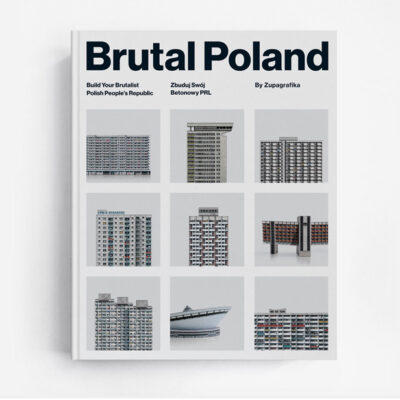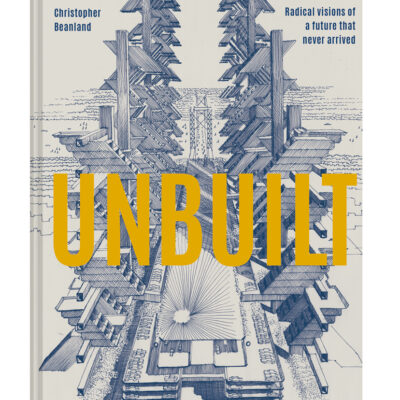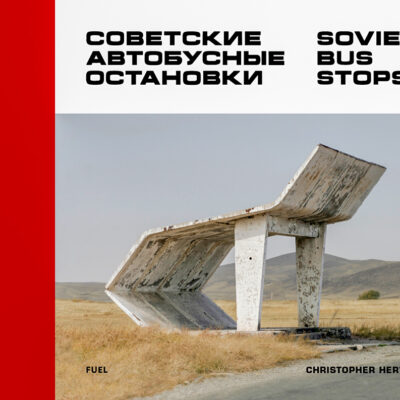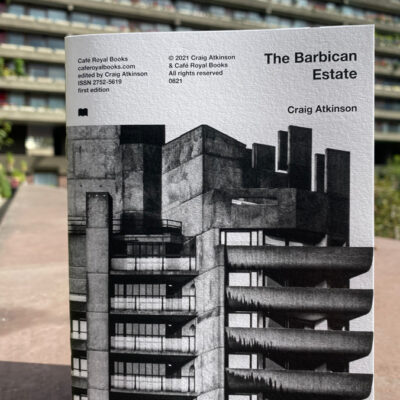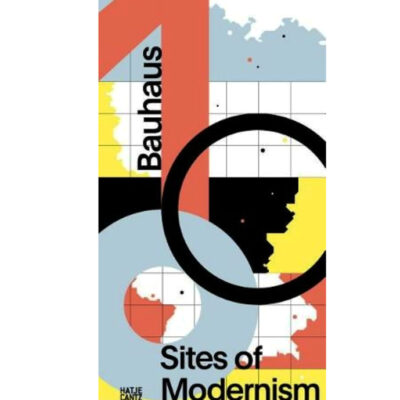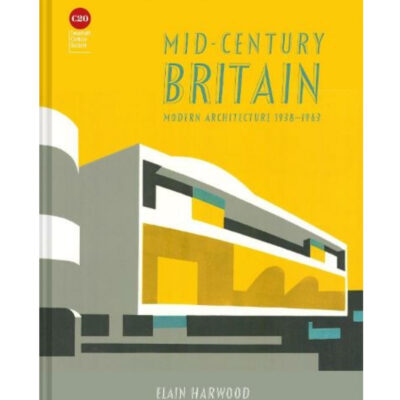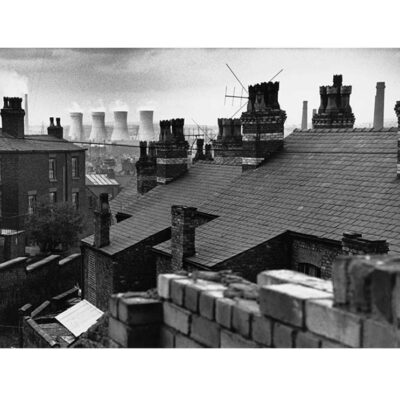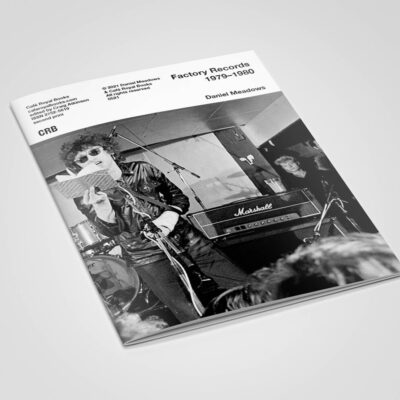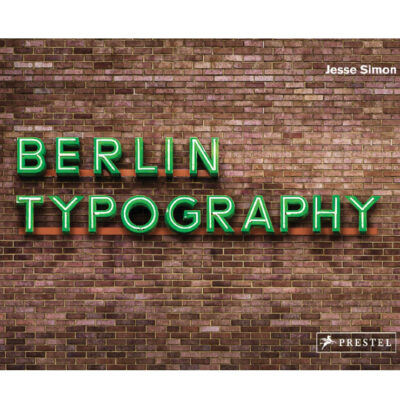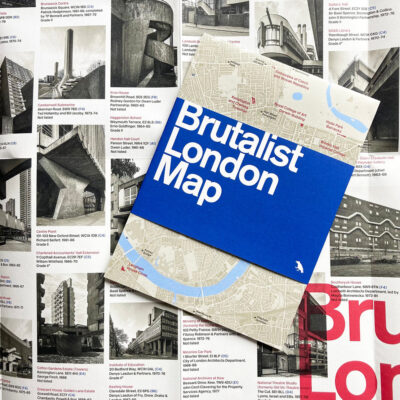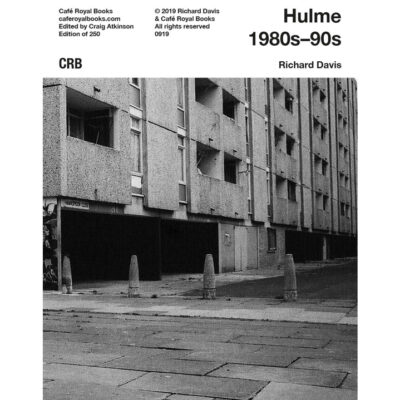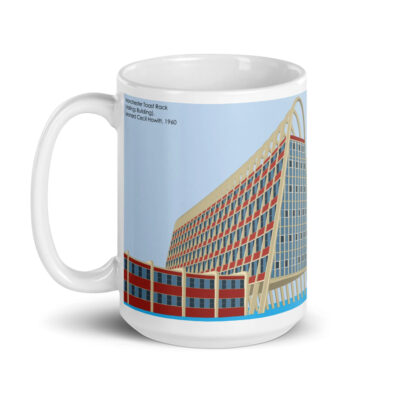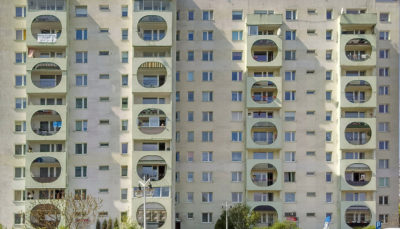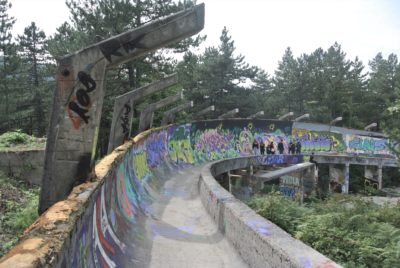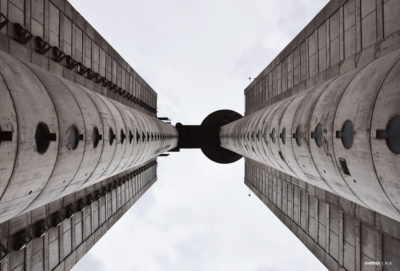Warsaw
Packed with architectural gems
Lets walk and talk with photographer Artur Bednarczyk, blok by blok
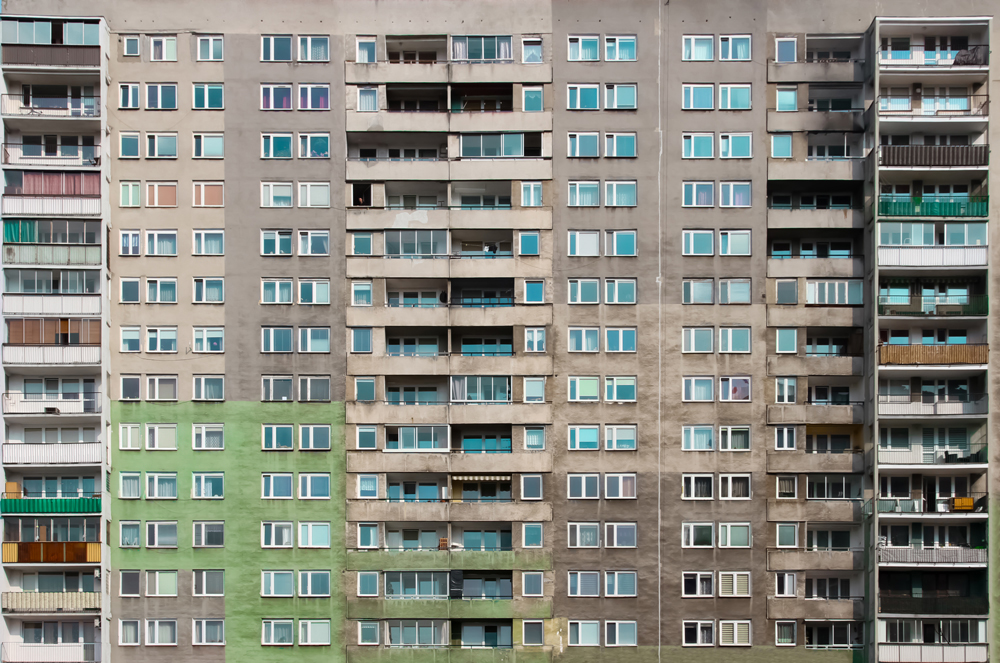
Ruda Estate, Bielany, Warsaw Architect Zdzisław Łuszczyński 1970s
Greyscape featured Artur’s photos in 2019, in the intervening period Warsaw continues to evolve like a city on speed and if the direction of travel continues could it be barely recognisable in a matter of years? Add into the mix a change of national government and that elephant in the corner of the room, the pandemic. Clearly, it was time for a well overdue catch-up, an excellent excuse for another look through Artur’s len with this hand-picked selection of buildings that are much more than great subjects for photos, they are a perfect illustration of Warsaw’s evolution.
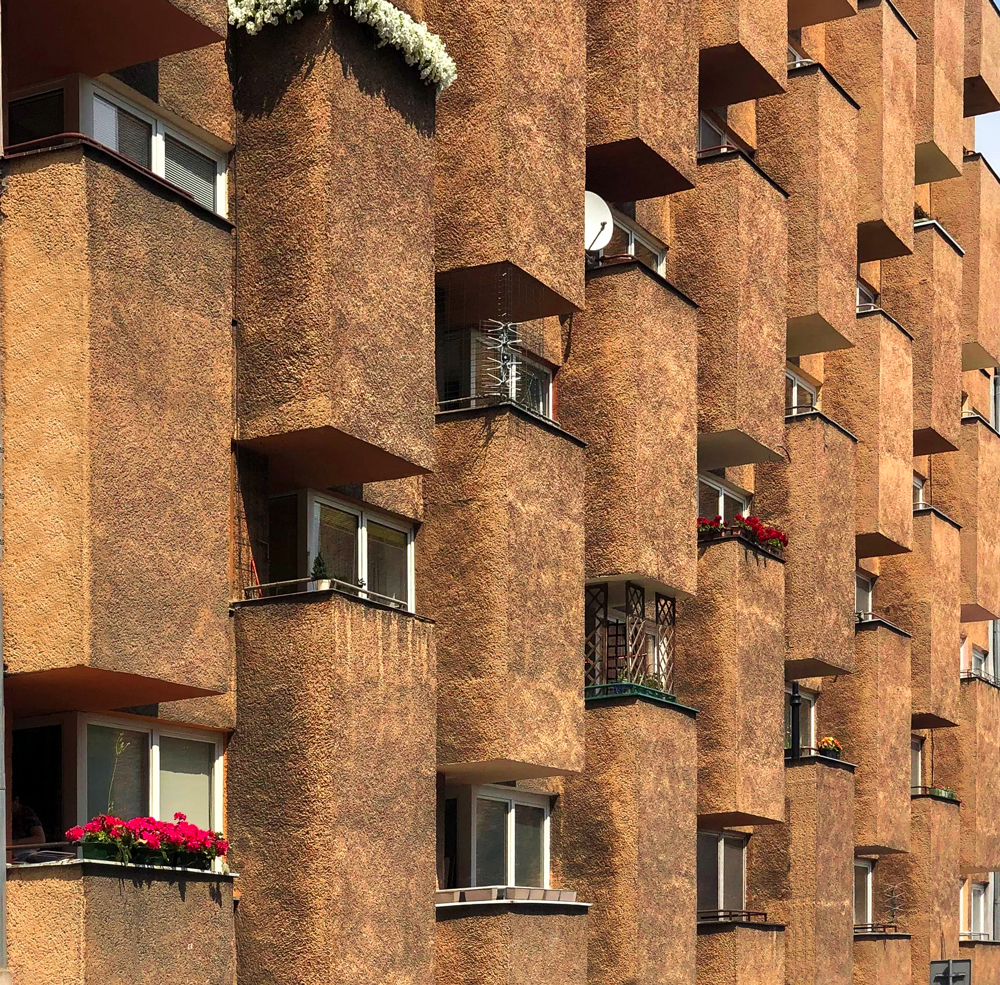
Karowa Street 18, Warsaw Architects Henryk Dabrowski, Jerzy Kużmienko, Janusz Nowak and Piotr Sembrat 1978G ‘endless facade’
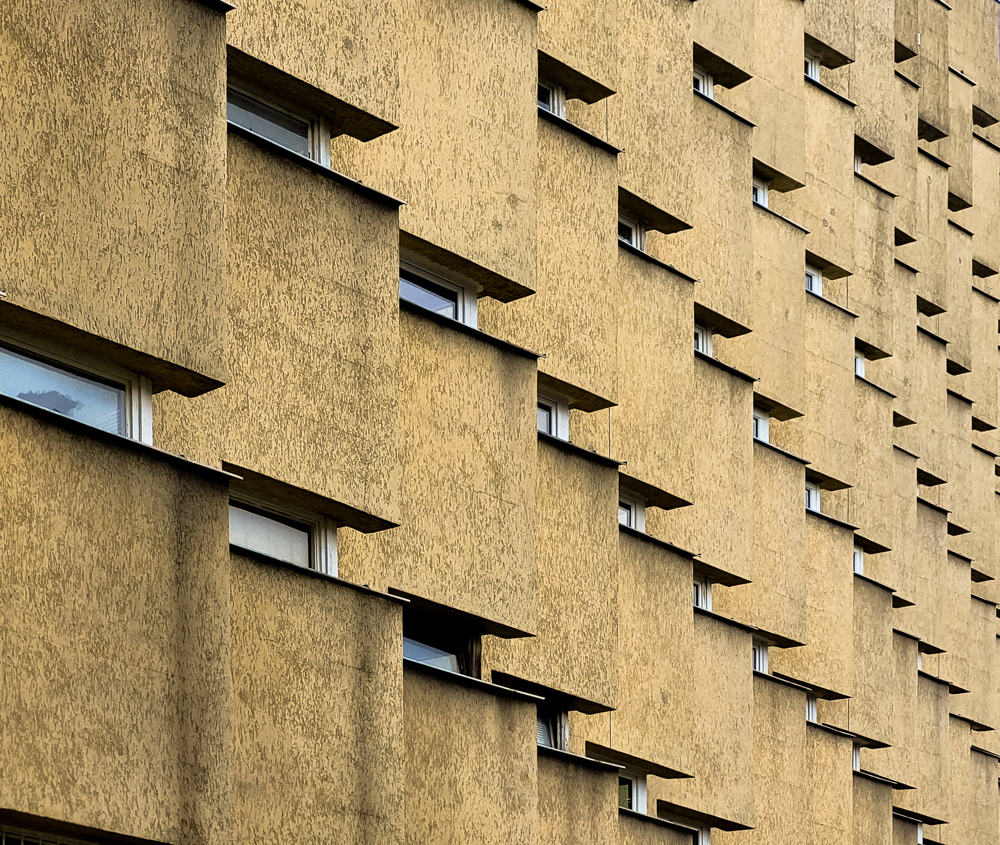
Kozia 9, ‘a magnificent modernist building, each angle gives a new perspective’
Is Warsaw an easy city to live in?
Constantly evolving, something I experience first hand as I’m living next to a metro construction site! It’s my lifelong hometown and I love it. I was born and educated here and now it’s where I work. It has a rich history, diverse architecture and there is the amazing wild Vistula River running through it. The city feels unique and always full of possibilities.
Your photos exclusively focus on Warsaw’s architecture. How is it on the ground? To the outsider it can seem like the city has a split personality, towering residential ‘blok’ estates and elegant modernist villas? It’s hard to get a sense of the proximity of one to the other.
Warsaw is a reasonably logical city with a historic centre surrounded by districts with bloki. We also have districts that mainly consist of modernist villas, such as Saska Kępa or Żoliborz. However recently I have got the impression that it is getting more chaotic in the public arena. Developers wedge new builds between older buildings, disrupting the old order. Regardless that some of the older buildings are from the 19th century, the date of construction has become irrelevant.
Like all major city’s Warsaw is in the grip of consumerism and hand in hand with that is a boom in advertising. The city is in danger of becoming overwhelmed with large hoardings which completely cover the facades of buildings. The good news is that the fight isn’t over as non-profit organisations have sprung up bringing together fans of Warsaw’s architecture who are determined to raise awareness of this problem. These groups are relatively new and do not reflect the views of the general public yet – more time will need to pass before the majority of Poles come to appreciate the importance of and become more sensitive to the aesthetics of public space.
Are the bloki in Warsaw in private ownership and what condition are they in?
In Poland, they are owned by Homeowner Associations. Technically, the blocks are in very good condition. However, there is a phenomenon called „Pastelosis”- painting the blocks in pastel, bright colours, so from the aesthetic point of view, the blocks have entirely lost their original, modernist elegance.
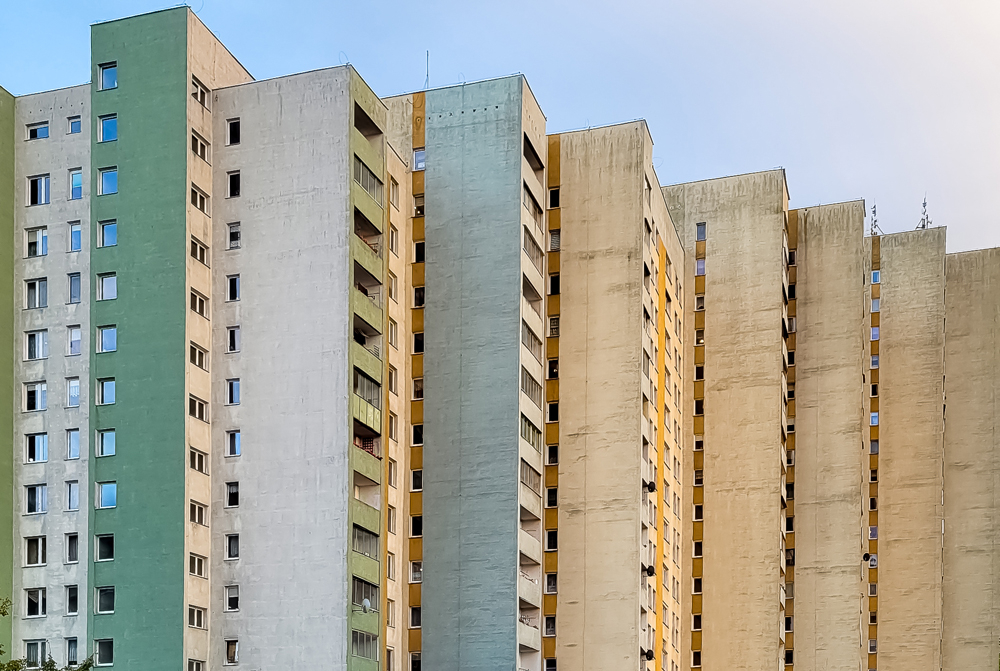
Bródno estate, Targówek, Warsaw Architects Henryk Dabrowkski, Janusz Nowak and Piotr Sembrat 1978 ‘my home estate’
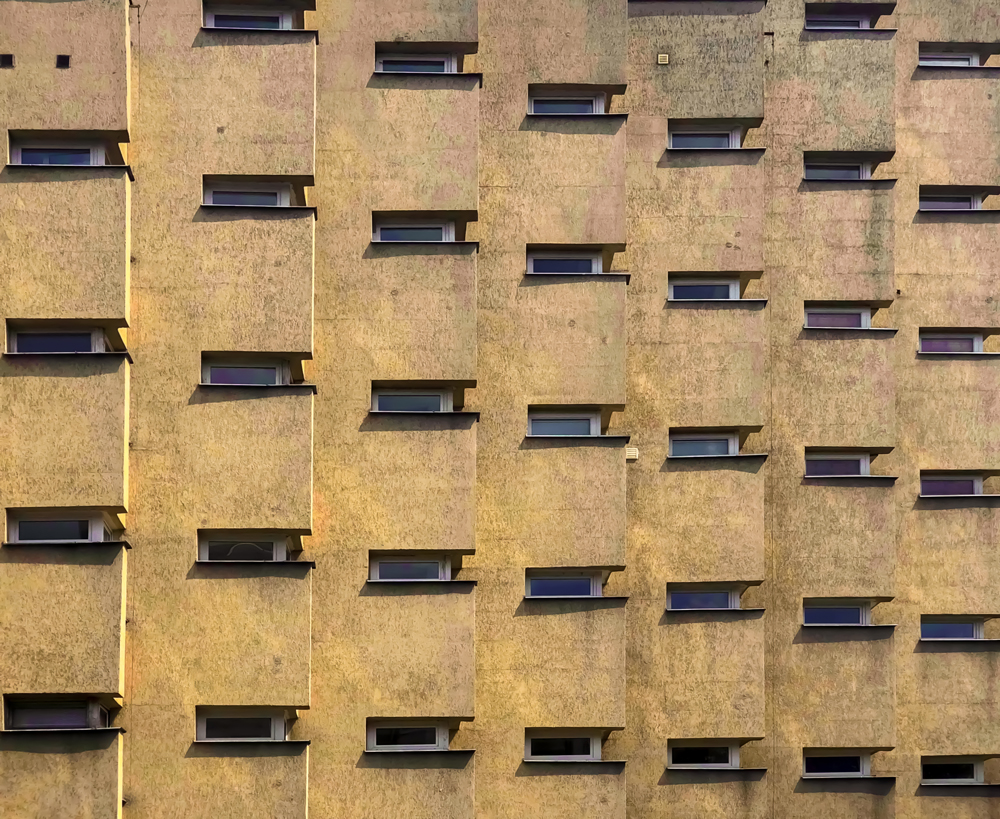
Kozia 9. Warsaw Architects Jerzy Kuźmienko and Piotr Sembrat 1974-1976
Does local politics impact renovation projects?
In the case of bloki, everything dependents on the decision of the Homeowner Association and yes, local politics can complicate things. A recent controversial decision was the potential relocation of the Emilia Pavilion – a symbol Warsaw’s modernist heritage.
Greyscape note: The Pawilion Emilia, built in 1970 was the showroom of the Warsaw Provincial Furniture Trade Company, designed by Marian Kuzniár, Czelaw Wegner and Anna Lewicka After the fall of communism, it became the temporary home of The Museum of Modern Art. It did not have protected status but it was a state-owned building, regardless, it was sold to a private developer who, Artur explains, ‘planned to build a skyscraper on the land occupied by the pavilion’ A hasty application to protect the pavilion, by placing it on the Register of Monuments, was submitted but turned down by the General Conservator of Monuments. A public outcry led to the original sale being referred to the Public Prosecutor’s office. Today, several years later the architecturally important pavilion has not been rebuilt, though the promise that it will be on a new plot of land remains on the table.
Is it possible to buy a flat in Warsaw these days or have prices skyrocketed in prime locations?
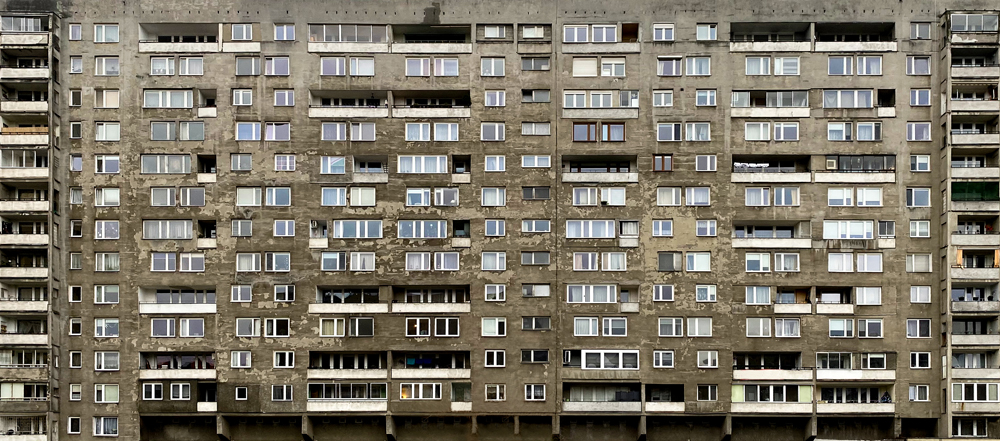
Ruda Estate Warsaw Blok ‘largest housing block in the city and original facade – no pastelosis’
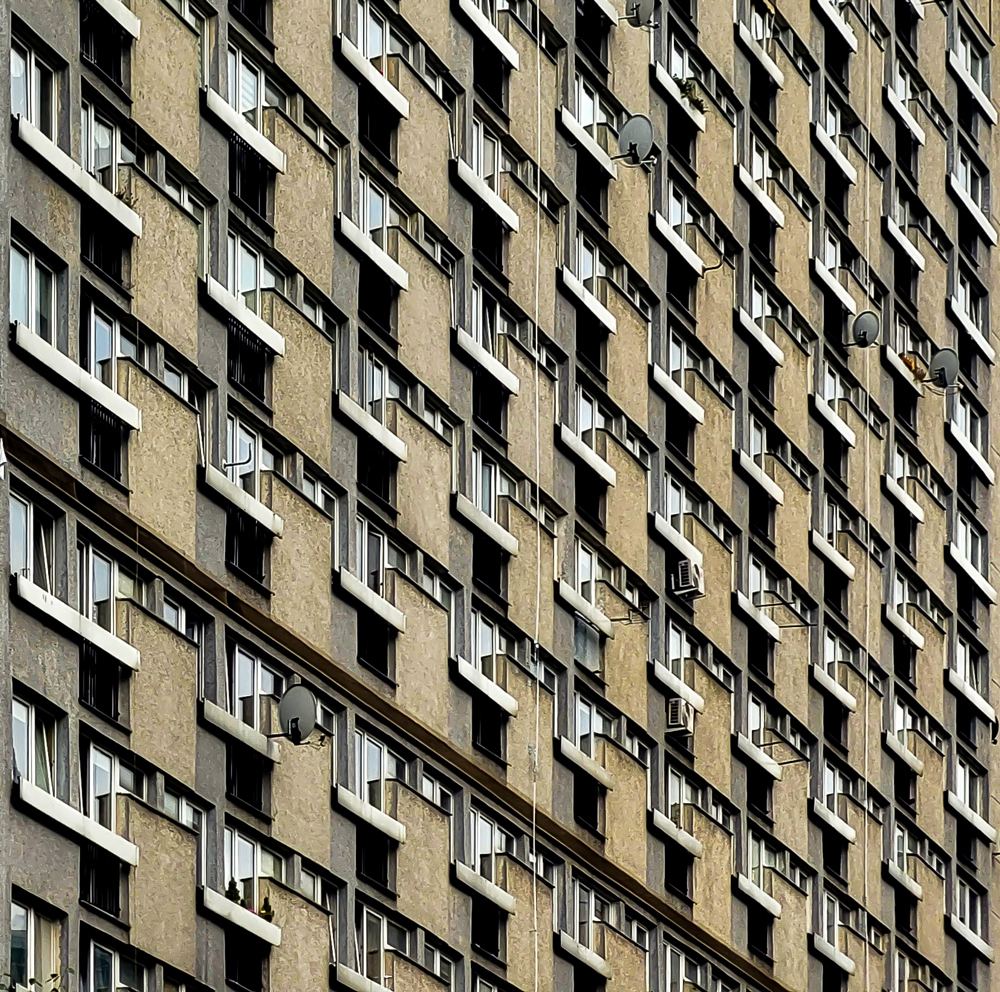
Blok from Za Żelazną Bramą Estate Architects Jerzy Czyż, Jan Furman, Andrzej Skopiński and Jerzy Józefowicz 1965-1972 huge development using Corbusier’s Plan Voisin, built on the site of the Warsaw Ghetto. A symbol of modern Warsaw. Used as a location for several popular 1970s Polish comedies such as „Hydrozagadka” „The Woodpecker” and (a personal favourite) „I Hate Mondays”.
What projects do you have coming up in 2022
I am currently preparing an exhibition of my photos here in Warsaw, my images have been used in pop videos and one has been translated into a unique tattoo. I am an engineer by training and as well as photography I enjoy cycling and running, my target for 2022 is to run the Warsaw Marathon.
Your photos are very popular and you have a large social media following – what is it that you think appeals to people?
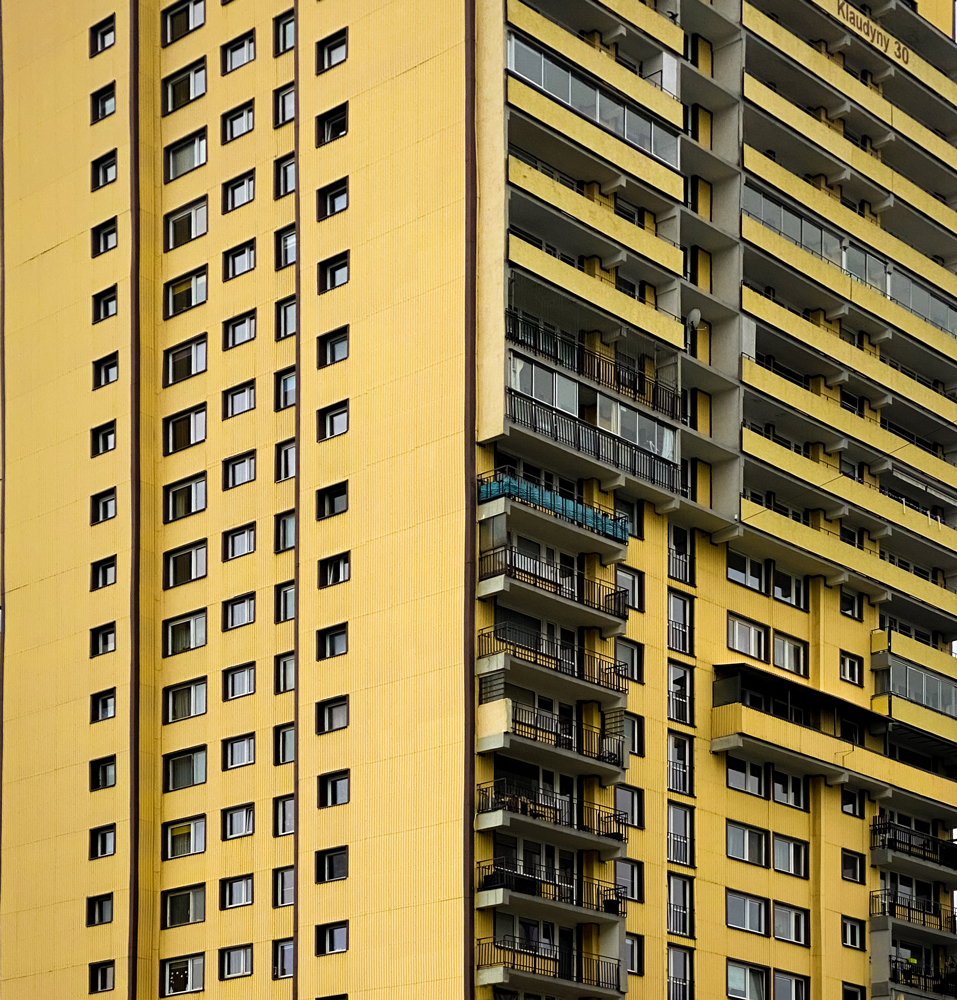
Ruda Estate Warsaw Blok Architect Zdzisław Łuszczyński
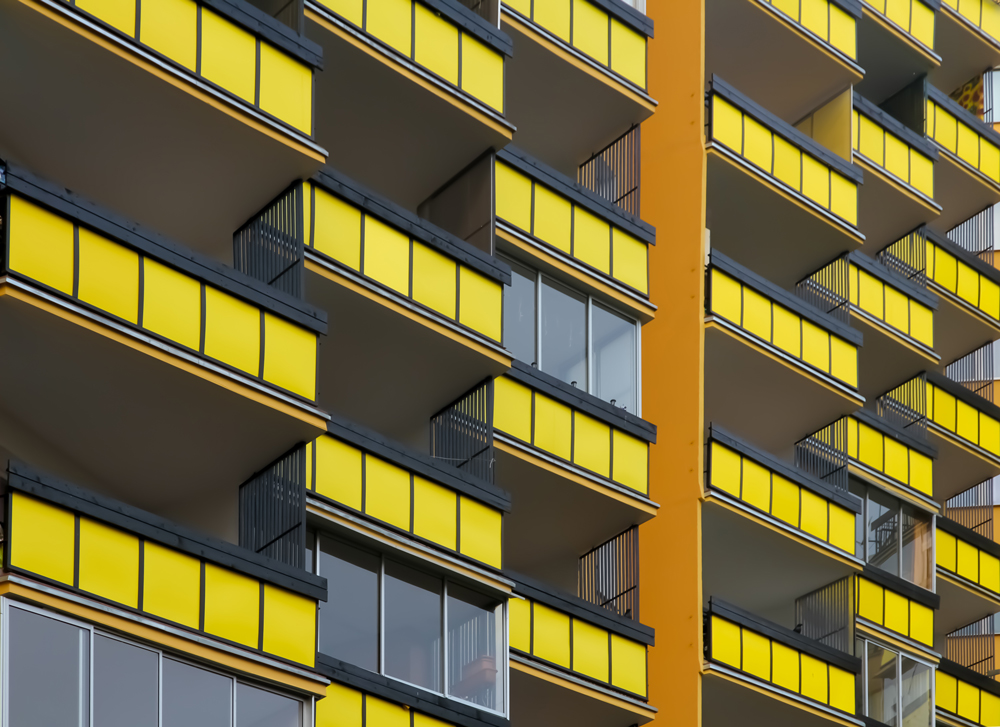
Gocław Estate, Warsaw. Surprising arrangement of balconies
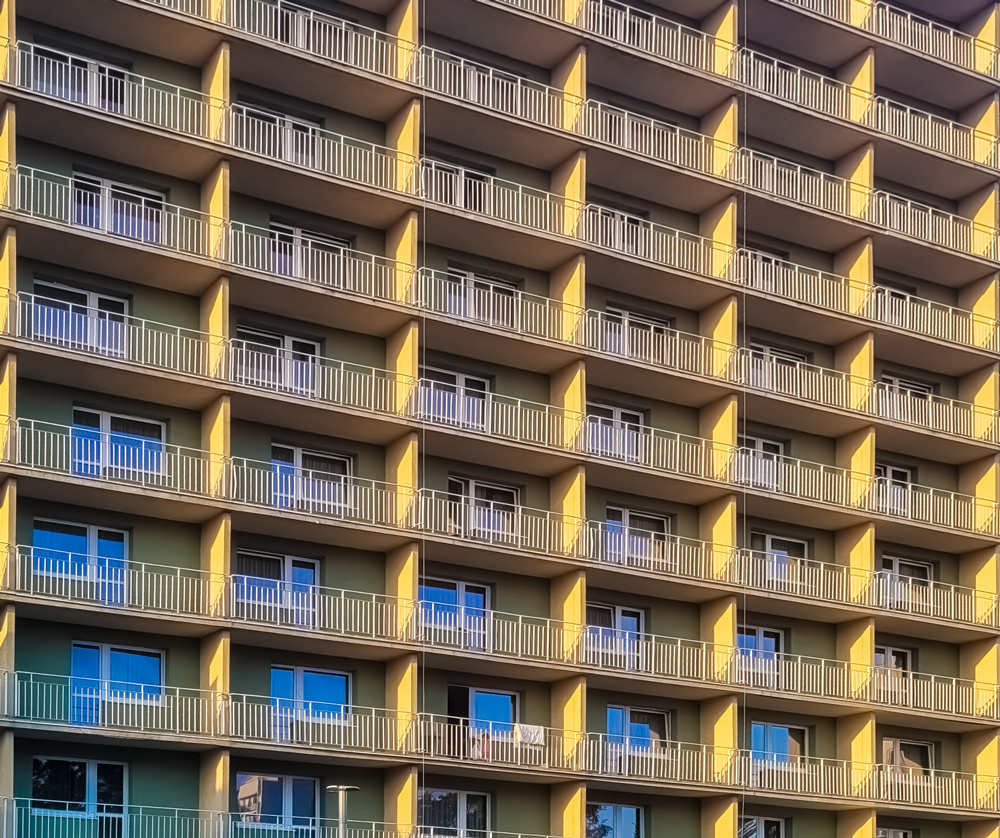
Hotel Felix, Omulewska 24, Warsaw Former hotel for communist workers, currently owned by a hotel chain.
Only a local would know:
Best Cafe
Best Bar
Bar Ulubiona. The cheapest and probably the smallest bar in Warsaw. You can meet both businessmen and poor students here.
Best Bookshop
Księgarnia Główna Naukowa im. Bolesława Prusa. The bookstore is located in a building with a particular literary reference, the setting of Lalka ‘The Doll’ a highly regarded Polish book by Boleslaw Prus
The photo you have to take if you are in Warsaw
Best film about the city
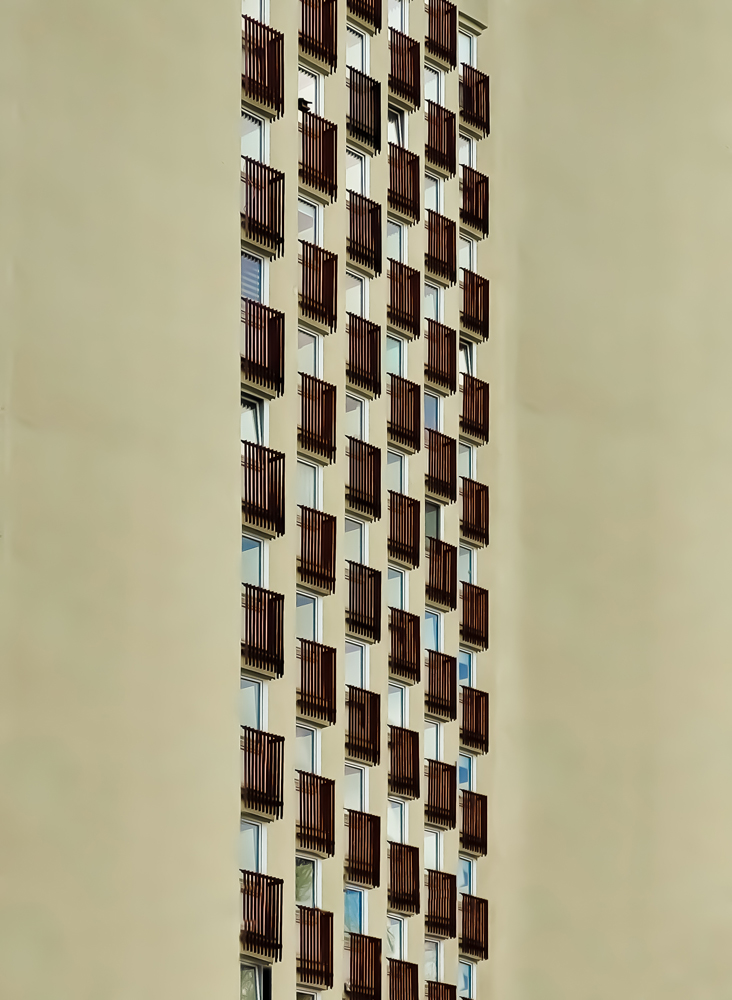
Russian Embassy staff residential blok Warsaw. ‘a mysterious relic still owned by the Russian embassy – the Polish government keep trying to take it back … so far unsuccessfully’
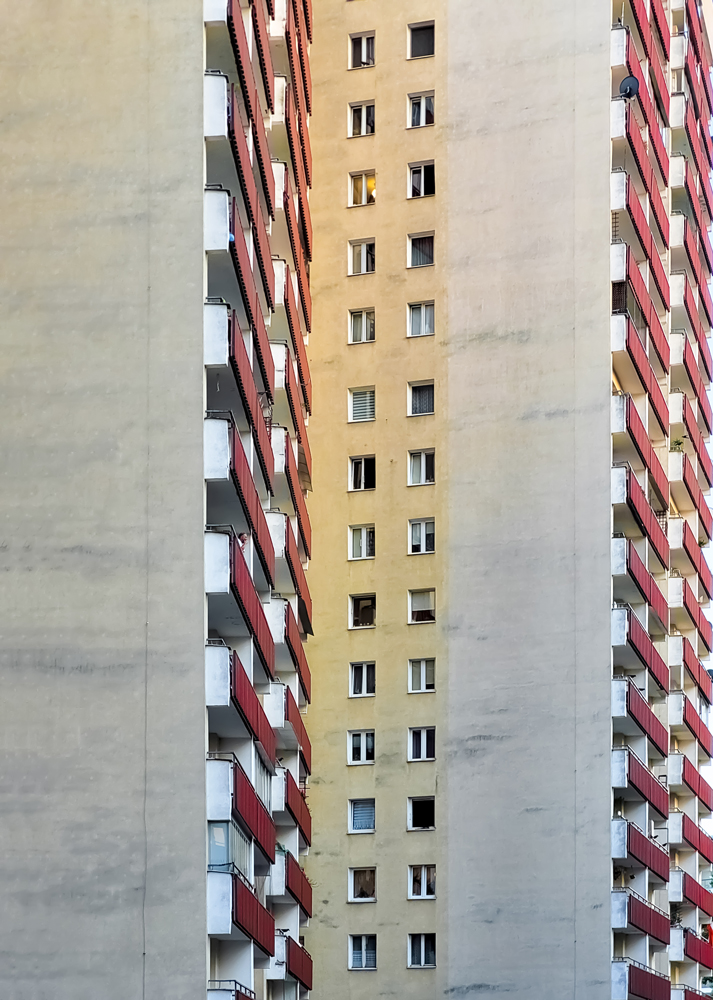
Kobielska Estate Warsaw ‘huge, unique design, sitting on the right bank of the River Vistula’
All images the Copyright of Artur Bednarczyk©
Follow Artur on Instagram
See his photos in spring 2022: Ośrodek Kultury Ochoty (Ochota Cultural Centre)




